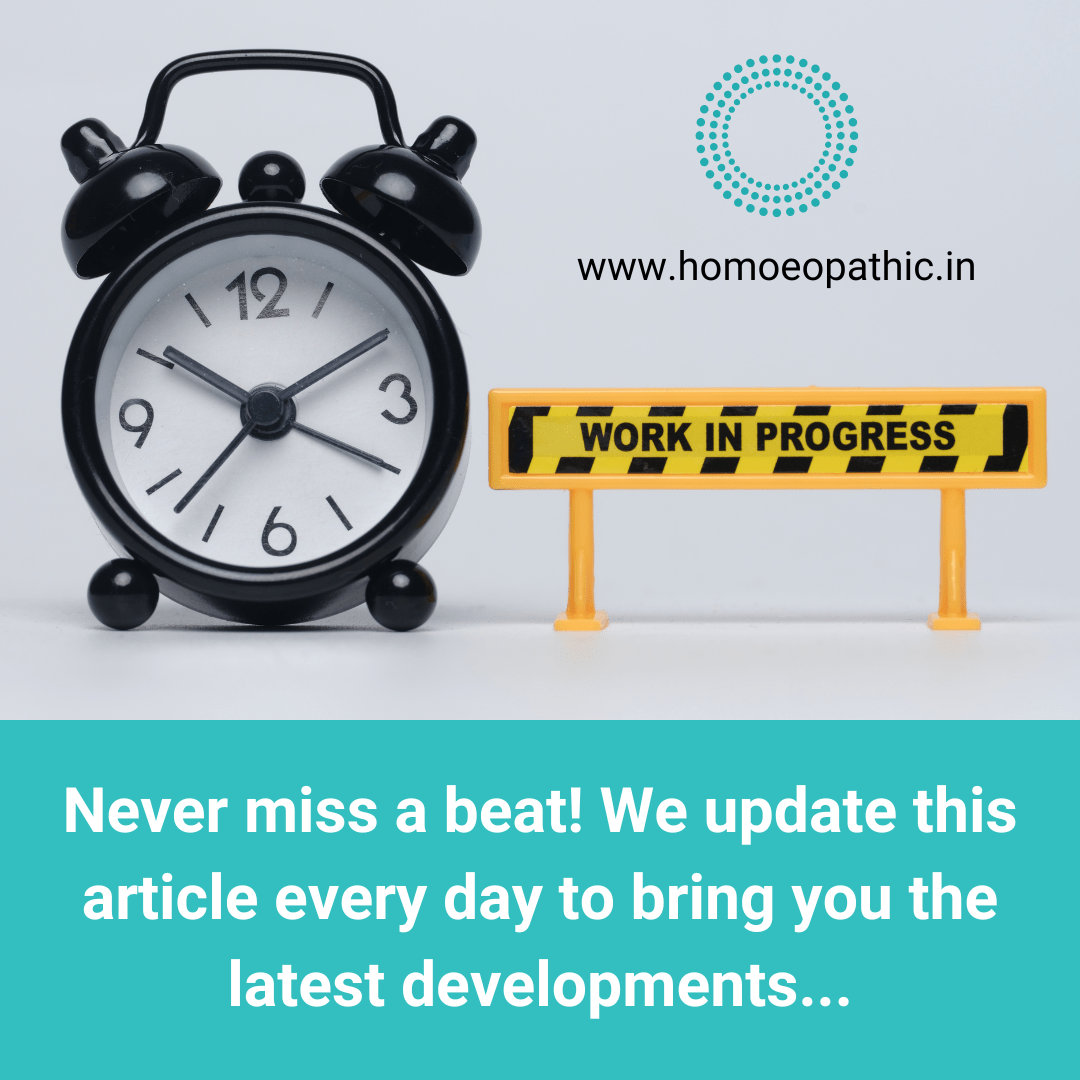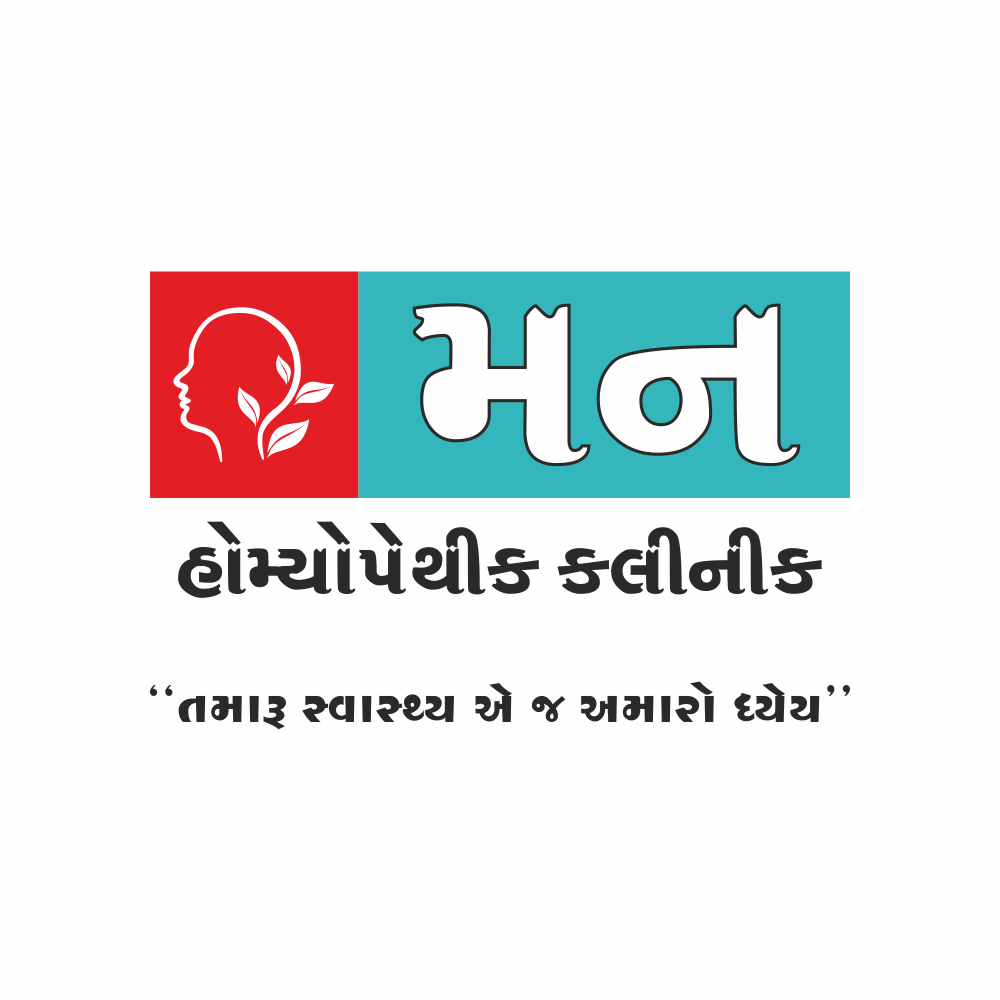
Coca
Overview:
Homeopathic Coca, prepared from Erythroxylum coca leaves, is primarily used for symptoms associated with high altitudes, such as shortness of breath, palpitations, headache, and anxiety. It also addresses physical and mental exhaustion, especially in the elderly or those easily winded by exertion. The remedy picture includes timidity, a desire for solitude, and aversion to society. It may be indicated for cardiac weakness or palpitations related to physical effort. As with any homeopathic remedy, Coca is selected when the individual’s total symptoms correspond to its known effects documented in the Materia Medica.
Common name :
- Eryhroxylum Coca
C
O
C
A
C
C – Climbers’ Remedy
Description: Coca is famously indicated for individuals suffering from the effects of ascending high altitudes, such as mountain climbers or aviators. Key symptoms include shortness of breath (dyspnoea), rapid heartbeat (palpitation), anxiety, and sleeplessness caused by the thin air. It’s also useful for people who become breathless easily upon the slightest physical exertion, even outside of high altitudes. This affinity for altitude-related complaints is a primary guiding symptom.
Reference: [Boericke W., Pocket Manual of Homoeopathic Materia Medica & Repertory]
O
O – Oppression of Breathing
Description: Patients needing Coca often experience a distinct sensation of oppression or tightness in the chest, making breathing difficult. This dyspnoea is characteristically worse when ascending heights, during exertion, or sometimes even at rest. They may gasp for air or feel unable to take a full, satisfying breath. This respiratory distress is a core feature, often linked to its use in altitude sickness or cardiac conditions.
Reference:[Clarke J.H., A Dictionary of Practical Materia Medica]
C
C – Cardiac Weakness
Description: Coca corresponds to conditions involving a weakened heart muscle (myocardium), especially noted in elderly individuals or those exhausted by prolonged physical or mental overwork. Symptoms include palpitations, irregular pulse, and shortness of breath linked to the heart’s inefficiency. It is sometimes indicated for heart troubles arising from the abuse of tobacco or alcohol. It helps address general cardiac debility when other symptoms align.
Reference: [Dictionary Of Practical Materia Medica (All 3 Vol.) By Clarke J. H.]
A
A – All cold
Description : Coldness in varoius parts , coldness in chest , in extremities etc. it’s marked with cramps .
Reference: [Dictionary Of Practical Materia Medica (All 3 Vol.) By Clarke J. H.]
L
O
N
E
R
L
L – Loner
Description: Like Cannabis, Coca too is a loner in a palace, but he is also one who is expected to perform.
Reference: [The Soul Of Remedies By Rajan Sankaran]
O
O – Obscurity
Description: craves solitude and obscurity.
Reference:[Concise Materia Medica Of Hom. Remedies By S.R. Phatak]
N
N – Neglects Appearance
Description: Personal appearance neglected.
Reference: [Concise Materia Medica Of Hom. Remedies By S.R. Phatak]
E
E – Expected to Perform
Description: The second feeling is that one is expected to perform and to reach great heights, far beyond the ordinary.
Reference: [The Soul Of Remedies By Rajan Sankaran]
R
R – Right/Wrong Sense lost
Description: Sense of right and wrong abolished.
Reference: [Materia Medica By Boericke W.]
Introduction
Constitution
Clinical
Mental Symptoms
Guiding Symptoms
Characteristic
Therapeutic Value
Modality
Remedy Relationship
Dose
Terminologies
Reference
Also Search As
Introduction
Introduction of Coca
Common name:
Synonyms
Family / Group / Class / Order
Habit and habitat / Description
Formula / Symbols
Name of prover
Introduction and history
Doctrine of signature
Parts used
Active principles
Preparation
Constitution
Constitution
Physical make up
Temperament
Diathesis
Relation with heat & cold
Miasm
Clinical
Clinical conditions
Sites of action / Pharmacodynamics
Causation (Causes / Ailments from)
Physiological action
Patho-physiological changes / Pathogenesis
Mental Symptoms
Characteristic Mental Symptoms (psychology)
Guiding Symptoms
Guiding symptoms
Generalities
Head
Eye
Ears
Nose
Face
Mouth
Throat
Stomach
Abdomen
Rectum & Anus
Stool
Urinary Organ
Sexual Organ
Respiratory System
Heart & Pulse
Neck & Back
Extremities
Skin
Sleep
Fever
Characteristic
Important characteristic features
Keynotes / Redline
Guiding
PQRS
Confirmatory
Nucleus symptoms
Therapeutic Value
Therapeutic value
Modality
Modality
Aggravation
Amelioration
Remedy Relationship
Remedy relationship
Complimentary
Follows Well
Inimical
Antidoted By
It Antidotes
Comparison
Dose
Dose
Potency
Duration of Action
Terminologies
Terminologies
Main terminologies
Homeopathic Medicine / Remedy:
Meaning: A substance (derived from plants, minerals, animals, etc.) prepared through a specific process of serial dilution and succussion (vigorous shaking) according to homeopathic pharmacopeia. The term "remedy" is often used interchangeably with "medicine" in homeopathy and is selected for a patient based on the principle of ‘like cures like’.
Materia Medica:
Meaning: Latin for "medical materials". In homeopathy, it refers to a collection of detailed descriptions of remedies. Each entry typically lists the symptoms (mental, emotional, physical) that a substance has been known to produce in healthy individuals during ‘provings’ and/or cure in the sick. Examples include Boericke’s, Phatak’s, Clarke’s, and Kent’s Materia Medicas.
Synoptic Key:
Meaning: A concise summary format, often using an acronym or the letters of a remedy’s name (like C-O-C-A), designed to highlight the most prominent or guiding symptoms (keynotes) of that remedy for easy recall and quick reference.
Sphere of Action:
Meaning: The specific organs, tissues, or physiological systems where a particular homeopathic remedy primarily exerts its effects. For Coca, the sphere of action includes the nervous system, respiratory system, and heart.
Modalities:
Meaning: The factors or circumstances that make a specific symptom or the patient’s overall condition better (<) or worse (>). Examples for Coca include worse from ascending heights, worse from exertion. Modalities are crucial for individualizing a case and selecting the correct remedy.
Miasm:
Meaning: A concept introduced by Samuel Hahnemann, referring to underlying chronic disease tendencies or predispositions (often inherited) that influence a person’s susceptibility to illness and modify how symptoms manifest. The main miasms are Psora, Sycosis, and Syphilis, with others added later by different practitioners (e.g., Tubercular, Cancer). Sankaran placed Coca between the Sycotic and Cancer miasms.
Dyspnoea:
Meaning: The medical term for difficulty breathing or shortness of breath. It’s listed as a common symptom in many Materia Medica entries, including Coca’s.
Palpitation:
Meaning: The sensation of being aware of one’s own heartbeat, often experienced as rapid, fluttering, pounding, or irregular beats. A frequently recorded symptom in homeopathic Materia Medica.
Vertigo:
Meaning: The medical term for dizziness, typically a sensation of spinning oneself or the surroundings. Recorded as a symptom under many remedies.
Debility / Prostration:
Meaning: Significant weakness, lack of energy, or exhaustion, affecting the person physically and/or mentally. These terms describe a general state often noted in remedy pictures.
Other terms
Repertory:
Meaning: An index of symptoms used in homeopathy. Symptoms are listed systematically (e.g., by body part or type), and under each symptom (rubric), remedies known to affect that symptom are listed, often graded according to how strongly they relate to it. It’s a tool used alongside the Materia Medica to help find potential remedies matching the patient’s symptoms.
Similimum:
Meaning: The homeopathic remedy whose symptom picture, as detailed in the Materia Medica (derived from provings and clinical use), most closely matches the specific and complete symptom picture (Totality of Symptoms) of the individual patient. Finding the similimum is the goal of homeopathic case analysis.
Constitutional Prescribing:
Meaning: A homeopathic approach where the remedy is selected based on the person’s overall constitution – their enduring physical build, temperament, mental and emotional tendencies, general susceptibilities, and chronic patterns of illness – rather than just the symptoms of a current acute illness.
Reference
Reference
Also Search As
Also Search As
1.Using Search Engines with Specific Keywords:
- Use search engines like Google, DuckDuckGo, or Google Scholar.
Combine "homeopathy" or "homeopathic" with terms related to the remedy and its uses.
Examples of effective search terms:"Coca homeopathic remedy symptoms"
"Coca homeopathy guiding symptoms"
"Erythroxylum Coca Materia Medica"
"Coca homeopathy altitude sickness" or "Coca homeopathy mountain sickness" (This is a very common indication found in literature and studies).
"Coca homeopathy fatigue
"Homeopathic proving of Coca"
"Boericke Coca" (or replace Boericke with other authors like Kent, Phatak, Clarke, Sankaran to find specific Materia Medica entries).
"Coca homeopathy for climbers"
Based on recent research found: "Coca homeopathy cocaine craving study"
2.Searching Academic Databases:
PubMed / PubMed Central (PMC): Excellent resources for finding published research, including clinical trials, reviews, and case studies. Search results show studies on Coca for cocaine craving and reviews mentioning its use in travel medicine/altitude. (e.g., search "Erythroxylum coca homeopathy" or "homeopathy altitude sickness Coca").
Google Scholar / Semantic Scholar: These search across a wide range of academic literature, including articles, theses, and abstracts. Search results identified studies like "The Effect of Homeopathic Coca on High Altitude Mountain Sickness".
ResearchGate: Researchers often upload their papers here. Searching on this platform can yield relevant articles, like the Mt. Everest study and the review on coca/cocaine.
3.Consulting Homeopathic Journals:
Look for articles in dedicated homeopathic journals. Some may have online archives.
Examples include: Homeopathy (Published by Thieme), American Journal of Homeopathic Medicine, Indian Journal of Research in Homoeopathy (IJRH), Journal of Integrative Medicine (which published a study on Coca found in the search results).
4.Exploring Online Homeopathic Resources:
Online Materia Medicas:
Many websites host digital versions of classic Materia Medicas (Boericke, Kent, Clarke, etc.). Search within these sites for "Coca" or "Erythroxylum Coca".
Homeopathic Research Institute (HRI):
Their website often features summaries and links to reliable homeopathic research.
Websites of Homeopathic Organizations:
National Center for Homeopathy (USA), Faculty of Homeopathy (UK), Central Council for Research in Homoeopathy (CCRH, India), and reputable homeopathic colleges may have articles or resource sections.
5.Using Homeopathic Software:
If you have access to homeopathic software (like RadarOpus, MacRepertory, Complete Dynamics), these contain extensive Materia Medica information and allow searching for specific remedies and symptoms.
6.Consulting Books:
Classic Materia Medicas: Refer to printed copies of works by Boericke, Kent, Clarke, Hering, Allen, Phatak, Sankaran, etc.
Modern Homeopathic Texts: Look for books focusing on specific conditions (like travel, first aid, altitude sickness) or newer Materia Medicas. The search results mentioned Manuel Mateu Ratera’s "First Aid with Homeopathy" which discusses Coca for mountain medicine.
Frequently Asked Questions (FAQ)
Item #1
Lorem ipsum dolor sit amet, consectetur adipiscing elit. Ut elit tellus, luctus nec ullamcorper mattis, pulvinar dapibus leo.
Item #2
Lorem ipsum dolor sit amet, consectetur adipiscing elit. Ut elit tellus, luctus nec ullamcorper mattis, pulvinar dapibus leo.
Item #3
Lorem ipsum dolor sit amet, consectetur adipiscing elit. Ut elit tellus, luctus nec ullamcorper mattis, pulvinar dapibus leo.
